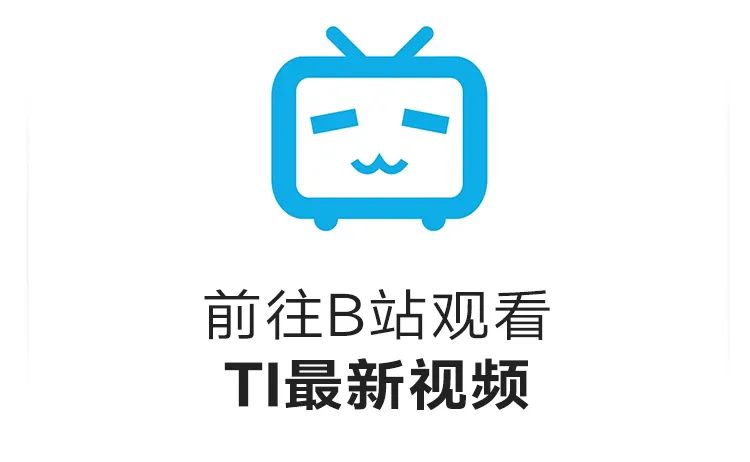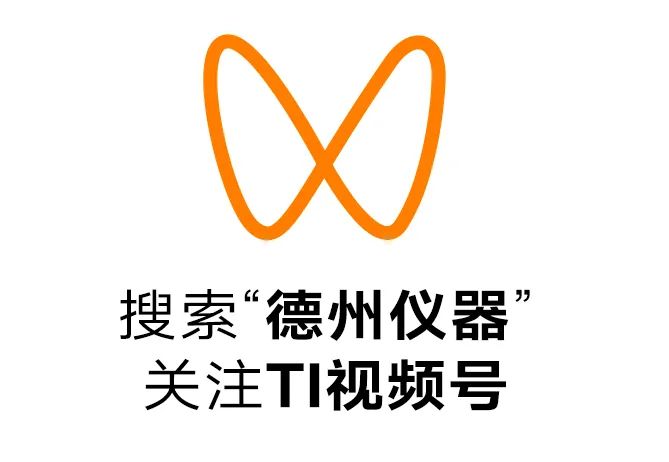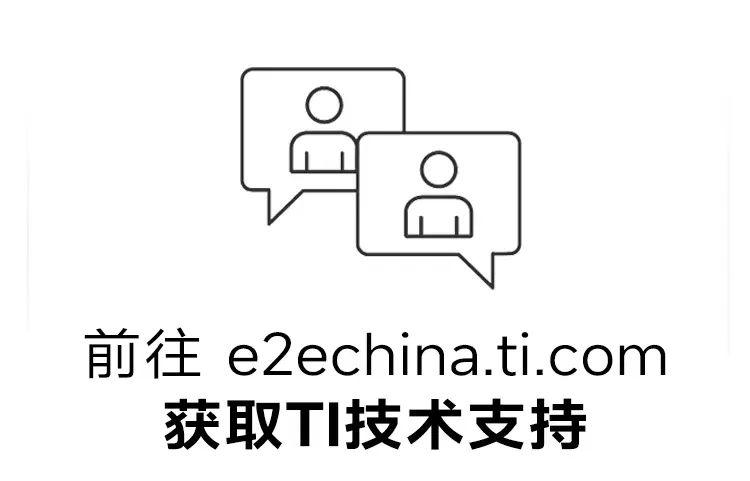Click the blue text above
Follow us!

With the rapid development of electronic technology and systems, batteries are now ubiquitous, powering various devices including personal electronics and electric vehicles (EVs). The trend towards battery power shows no signs of slowing down, while the design challenges remain, namely how to achieve higher battery performance over longer periods.
Low static current (IQ) technology plays an important role in addressing this challenge. IQ is the power consumption of a device when it is on but inactive (commonly referred to as standby or sleep mode). Many battery-powered devices spend 99% of their lifecycle in standby mode, powering up only when necessary. Although IQ involves low power loads, minimizing it is crucial for battery efficiency. Innovative circuit designs in Texas Instruments’ proprietary BiCMOS technology help achieve very low IQ, maximizing battery runtime without compromising system performance.
According to Siddharth Sundar, manager of Texas Instruments’ battery monitoring division: “Thanks to low power technology, almost all devices can now be powered by batteries. Therefore, our focus on power consumption has shifted for a wider range of devices than ever before.”
How Breakthroughs in Low IQ Technology Drive Battery-Powered Systems
Batteries are rapidly becoming more common in larger devices, including industrial power tools, electric vehicles, and medical instruments, transitioning from small personal electronics (such as wireless earbuds and laptops).
As IoT technology rapidly develops in homes, factories, and businesses, this trend is expected to continue, making low IQ innovations a crucial factor in driving efficient energy use.
Design engineers have long been developing IQ solutions for personal electronics, but they face different challenges in today’s larger industrial and automotive applications that utilize batteries.
Electric vehicles need to maintain low power consumption while idle to save power, yet must be able to smoothly switch to drive high-power dynamic loads. Electric vehicle drivers want to ensure their vehicles have enough power for driving after long periods of parking. In case of accidents or other emergencies, electric vehicle drivers also want to be able to make emergency calls through the in-car eCall system, powered by a small independent battery.
No Compromise on Performance or Cost
As more applications switch to battery power, advancements in semiconductor technology are helping address design challenges, bringing IQ solutions that improve efficiency and reduce component current leakage.
Texas Instruments is at the forefront of this innovation, achieving low power consumption for battery-powered applications through power and battery management devices without compromising performance, solution size, or cost.
For example, Texas Instruments’ BQ76952 is a high-precision industrial battery monitor that achieves lower power consumption in sleep mode, ranging from 1uA to 10uA, while operating power consumption is between 200uA and 300uA. In standby operation, this can save 10 to 20 times the power consumption while allowing users to flexibly balance performance and power consumption across different usage scenarios.
Breakthroughs in process technology also enable design engineers to reduce current leakage in battery management devices. Most leakage comes from large digital circuits, memory, and high-power field-effect transistors (FETs). However, our company’s high-density resistors and capacitors combined with new circuit technologies make digital circuits smaller, thereby reducing current leakage and IQ.
According to Vishnu Ravinuthula, director of battery monitoring design at Texas Instruments: “Using dedicated low-power process technology and appropriate high-voltage components can make a significant impact, reducing the chip’s IQ and extending battery life over the long term.”
Fast Wake-Up Times Extend Battery Life
To reduce IQ, one approach is to prevent current leakage, while another is to ensure that devices can switch quickly and efficiently between standby and higher power loads. Power accuracy measures how closely the actual output aligns with programmed set values, which is often limited by its load transient response, while load transient response measures how quickly a device returns to target output voltage after sudden changes in load current or power supply voltage. A longer transient response time can lead to increased energy consumption when the device powers up from sleep mode. Texas Instruments’ fast wake-up comparators and zero IQ feedback control mechanisms can minimize transient response times without compromising low power performance.
For instance, Texas Instruments’ buck switch regulators and voltage monitors feature industry-leading response and current detection times. They allow devices to wake up quickly, thereby saving power.
Vladislav Merenkov, marketing manager for Texas Instruments’ boost converters and controllers, states: “Fast wake-up times not only meet user expectations for convenience but also significantly reduce energy consumption and improve battery life.”
As the growth momentum of electronic products continues unabated, IQ technology innovations will enable our industry to maximize efficiency across an increasingly diverse and complex range of battery-powered devices. Through low standby and shutdown power modes, our IQ technology can extend battery runtime and shelf life while reducing costs without sacrificing performance.
For more online technical support, please visit the TI E2E™ Chinese support forum (e2echina.ti.com).






